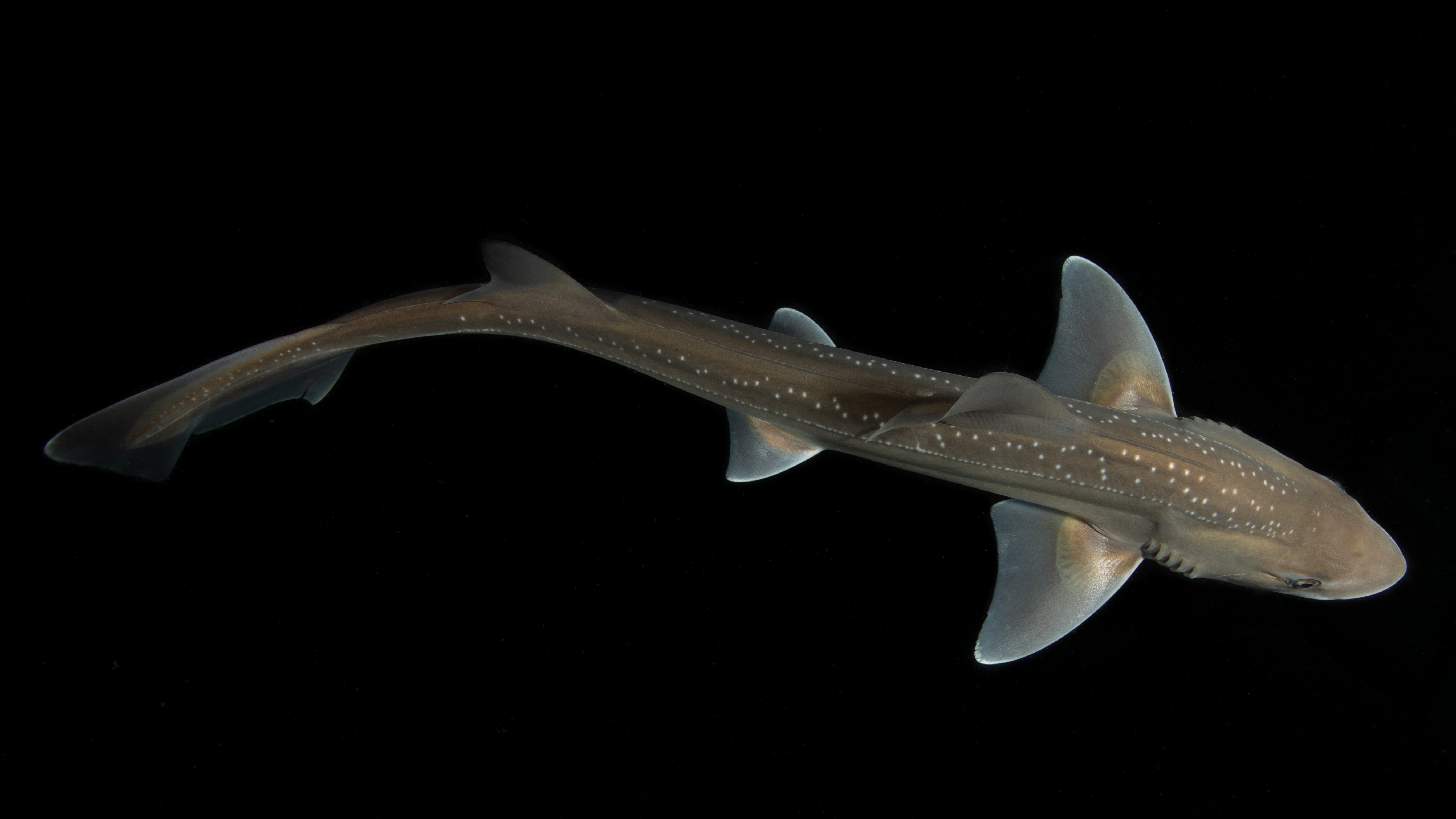How Pandas Pick the Perfect Spot to Pee

Wild giant pandas are endangered loners that roam remote bamboo forests in the mountains of China. When the bears actually want to find each other — typically during their short mating window — it's important that they pick the perfect place to leave their scent.
So what qualities do peeing pandas look for in a tree? Researchers say bark roughness helps the pandas' scent carry, while a large width makes for an easier target to aim at, especially for male pandas spraying urine in a handstand.
Researchers monitored where pandas left their pee and smelly anogenital gland secretions (AGS) — a waxy substance that carries information about a panda's sex and age — in the Qinling Mountains from 2007 to 2008. They found that the pandas preferred to leave both scents on rough bark, which might ensure the odor is captured by the crevices and doesn't evaporate quickly.
The pandas also liked to leave their scent higher off the ground, maximizing the size of the odor field, the researchers said. To get their urine up as high as possible, male pandas often bust out a handstand and let it spray. This, in turn, could explain why the pandas tended to pee on wider trees. [See Video of Panda Handstand and Panda Mating Dance]
"Aiming urine backwards and hitting the target is probably no easy task, particularly when doing a handstand," the researchers wrote in the July 2012 issue of the journal Animal Behaviour, "so selection of larger trees for urine marks probably maximizes the amount of urine that reaches the target."
The study's authors initially thought moss might have the same effect as bark roughness, serving as a sponge for the pandas' scent. But moss-cover seemed to make little difference in where the pandas peed. What's more, the bears liked to leave their waxy gland secretions (also called "long-lasting calling cards" by some) on trees with no moss. One explanation for this could be that the bark's sap might bind to scent chemicals and keep them potent. Moss cover might prevent that from happening, the researchers said.
The panda's deliberate scent-marking moves are likely tied to energy efficiency. The bears almost exclusively survive on bamboo, which contains just slightly more energy than it takes to consume it.
Sign up for the Live Science daily newsletter now
Get the world’s most fascinating discoveries delivered straight to your inbox.
"These choices have clear effects on the scent signal, making it last longer, be detected from [farther] away, or otherwise enhance its communication efficiency," Ron Swaisgood, a San Diego Zoo researcher involved in the study, said in a statement. "We are not surprised that pandas are efficient with their use of chemo-signals, as mounting evidence suggests that many aspects of giant panda life history are constrained by their energetically poor diet."
Conservationists estimate that fewer than 1,600 giant pandas exist in the wild and say the furballs are increasingly threatened by habitat loss from climate change and human activity.
Follow LiveScience on Twitter @livescience. We're also on Facebook & Google+.

Catquistadors: Oldest known domestic cats in the US died off Florida coast in a 1559 Spanish shipwreck
'Vaccine rejection is as old as vaccines themselves': Science historian Thomas Levenson on the history of germ theory and its deniers
Astronomers discover giant 'bridge' in space that could finally solve a violent galactic mystery









